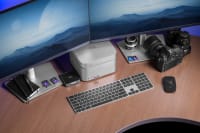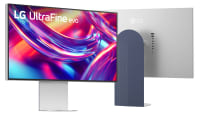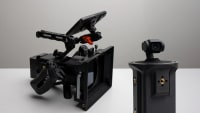Pedaling Pixels: DP Scott Markewitz Reveals His All‑OWC Workflow
Go behind the lens with Scott Markewitz in Mallorca and see how OWC Atlas cards, Envoy Pro FX SSDs, and ThunderBlade RAID moved dozens of terabytes of footage and photos on a three‑week deadline.
Wayne Grayson • May 07, 2025
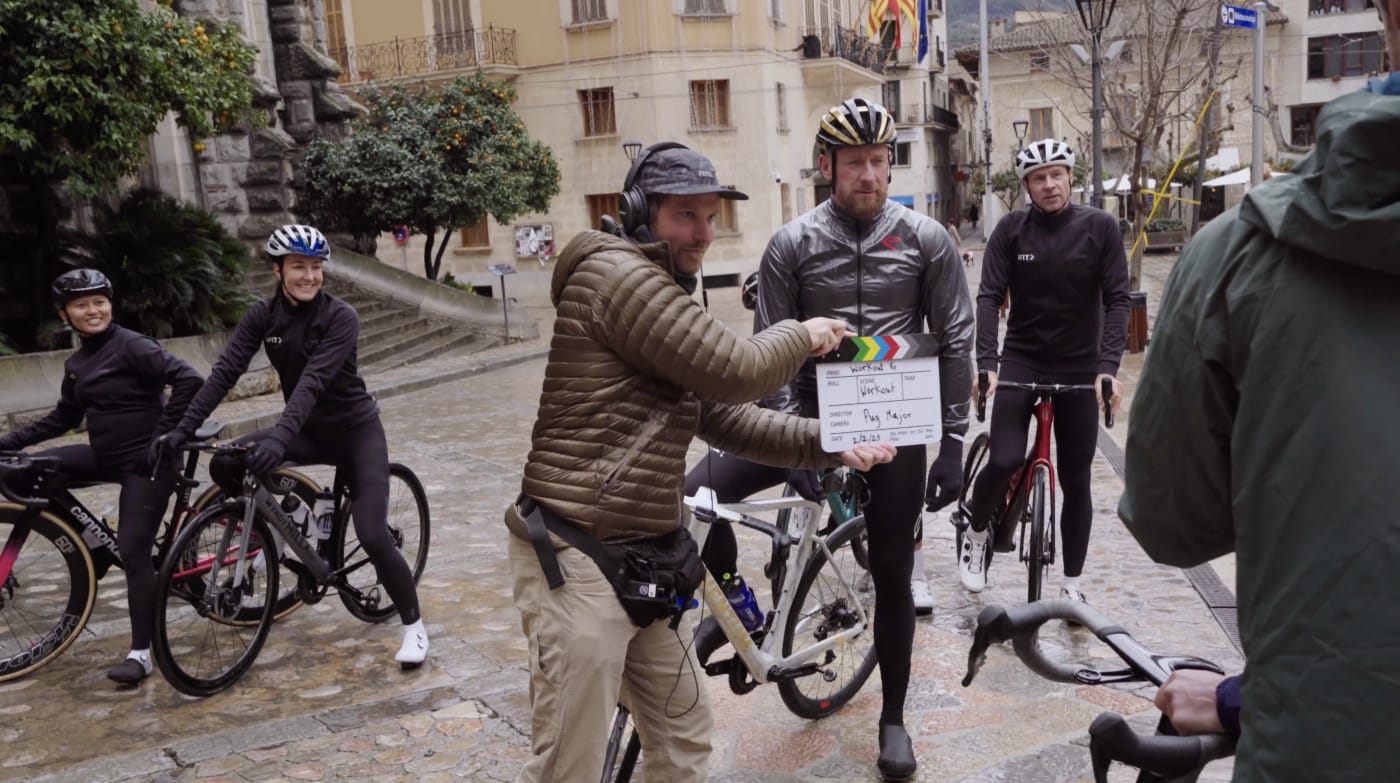
Grab a coffee (or as racer and cycling broadcaster Jens Voigt calls it in the video below, “black gold”) and settle in—our latest video drops you behind the lens on the lush island of Mallorca, where adventure-sport photographer and director Scott Markewitz leads a 16-person crew filming an epic 30-workout series for iFit and NordicTrack.
From break-of-dawn climbs on Sa Calobra to midnight data wrangling, Scott and his crew explain why fast, rugged OWC gear is the secret sauce that lets the team shoot all day, back up during the drive to the hotel, and still make it to bed before 2 a.m.
👉 Watch the full video now and be sure to subscribe to the OWC YouTube channel and see how our drives, cards, and readers power productions that can’t afford to hit the brakes.
Behind the Scenes: Mallorca at a 20 Percent Grade
Filming on Mallorca demanded endurance from everyone involved. Five elite cyclists attacked legendary climbs such as Sa Calobra while Scott and his crew leap-frogged along narrow mountain roads to nail the project’s jaw-dropping hero shot. To give you an idea of just how much data a shoot like this produces, a single portion of the shoot poured roughly 1.2 TB of footage onto cards.
By the end of the three-week schedule the team had generated dozens of TB of data to wrangle. An on-site editor began cutting every ride the same night it was captured, turning post-shoot van rides into mobile DIT sessions and ensuring the client woke up to fresh cuts each morning.
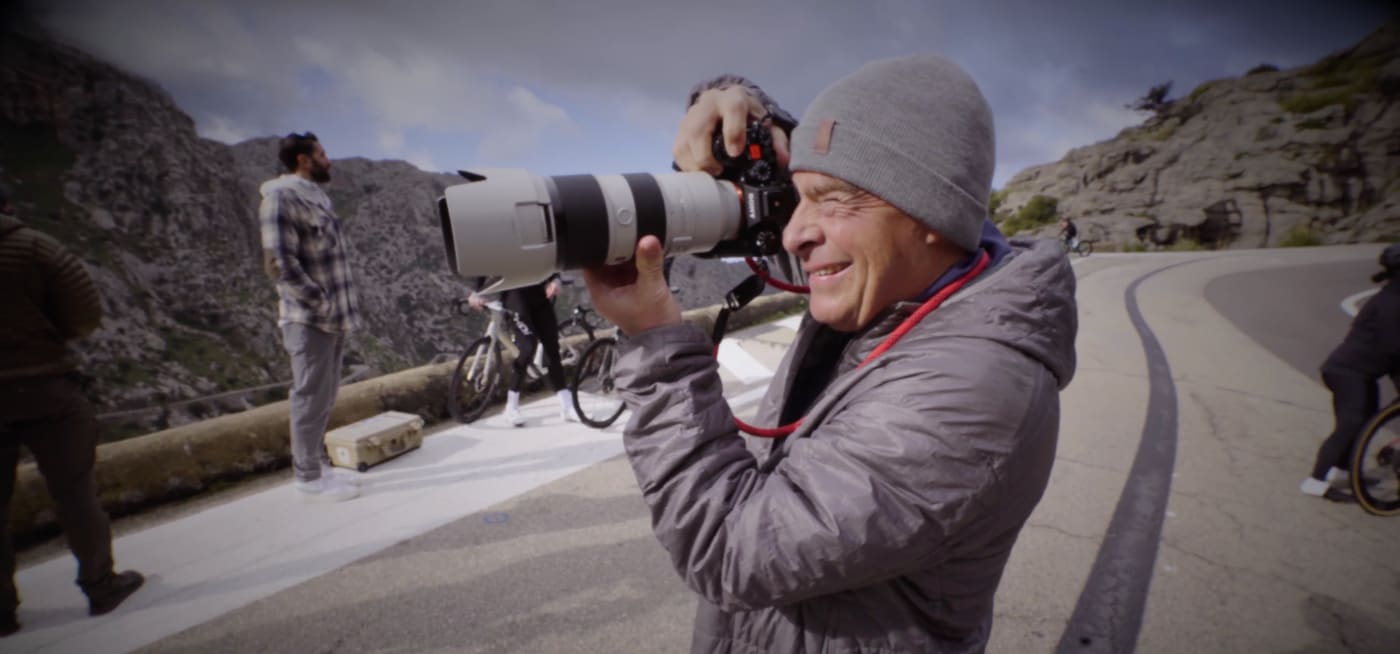
The Data Flow That Never Breaks
Capture
Scott’s crew captured its footage on Sony cameras loaded with OWC Atlas Pro CFexpress Type A cards. The crew’s other cameras used OWC Atlas Ultra UHS-II SD cards.
Offload
To get footage off the Atlas Pro CFexpress Type A cards, the crew utilized ultra-fast OWC Atlas CFexpress Type B readers and their included Type A adapters. These Atlas Type B readers can achieve ingest speeds up to 5,000 MB/s and achieve real world performance of 3,300 MB/s. For offloading the Atlas Ultra SD cards, the crew turned to OWC’s Dual SD Card Reader allowing them to transfer data from two cards simultaneously.
Field Backup
During the 45-minute van ride to the hotel, the crew mirrored every card to twin OWC Envoy Pro FX SSDs—by the time they hit the hotel lobby, the footage was backed up and secure.
Edit & Hand-Off
A blazing-fast OWC ThunderBlade RAID fed the on-site editor so cuts can start that night and deliverables hit the client in record time.
Gear Spotlight: OWC Solutions That Kept a 35 TB Shoot on Schedule
As outlined above, Scott’s crew didn’t rely on a single piece of hardware—the whole workflow was engineered around five OWC products that could move mountains of data each night and still be ready before sunrise. Every choice came down to one thing: speed.
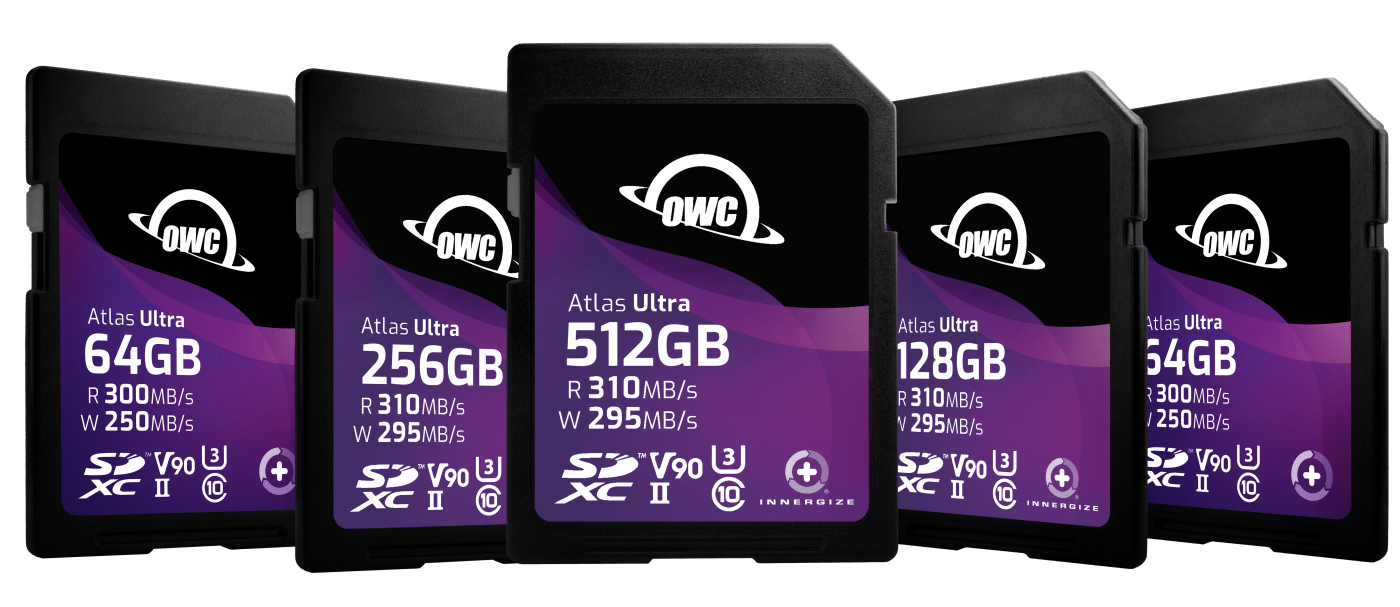
OWC Atlas Ultra SD V90 Cards
Atlas Ultra SD cards delivered V90-class write speeds that easily kept up with with the crew’s workflow. The faster the card, the less chance of a buffer jam during those 20 percent-grade hero shots. Suffice it to say the team never missed a frame.
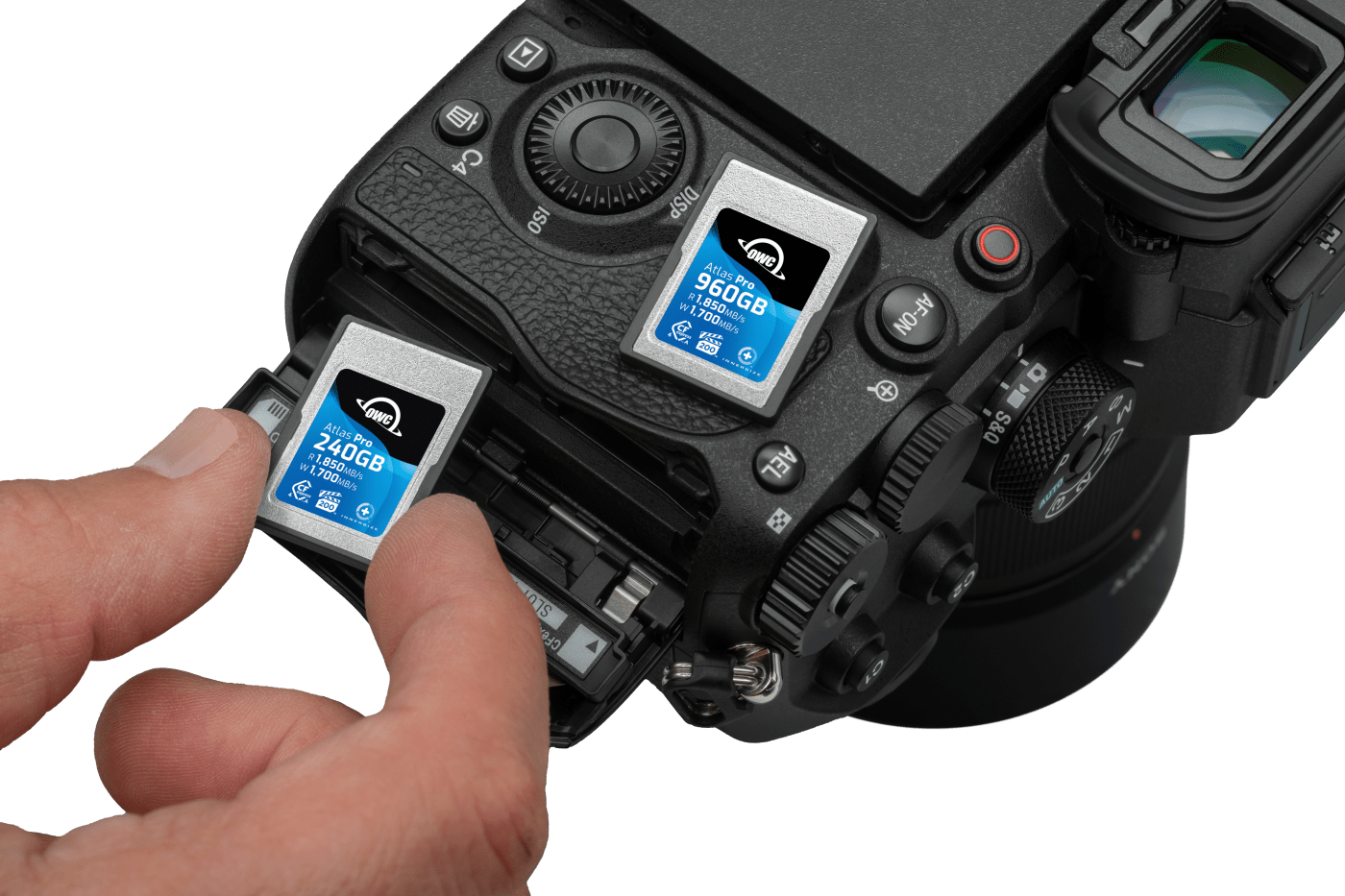
OWC Atlas Pro CFexpress Type A Cards
When a card flies 20 feet out of a camera and keeps working, you know it’s tough enough for mountain roads. Most of the cinema bodies on this shoot were Sony mirrorless cameras that record 4K/120 and 8K 4:2:2 internally. OWC Atlas Pro Type A cards gave the crew write speeds up to 1,700 MB/s and sustained write speeds above 400 MB/s—fast enough to handle those heavy codecs without breaking a sweat. And with capacities up to 960GB, the crew could swap batteries long before they ever had to swap media. Plus, the cards’ rock-solid build shrugged off an accidental launch down the cliffside.
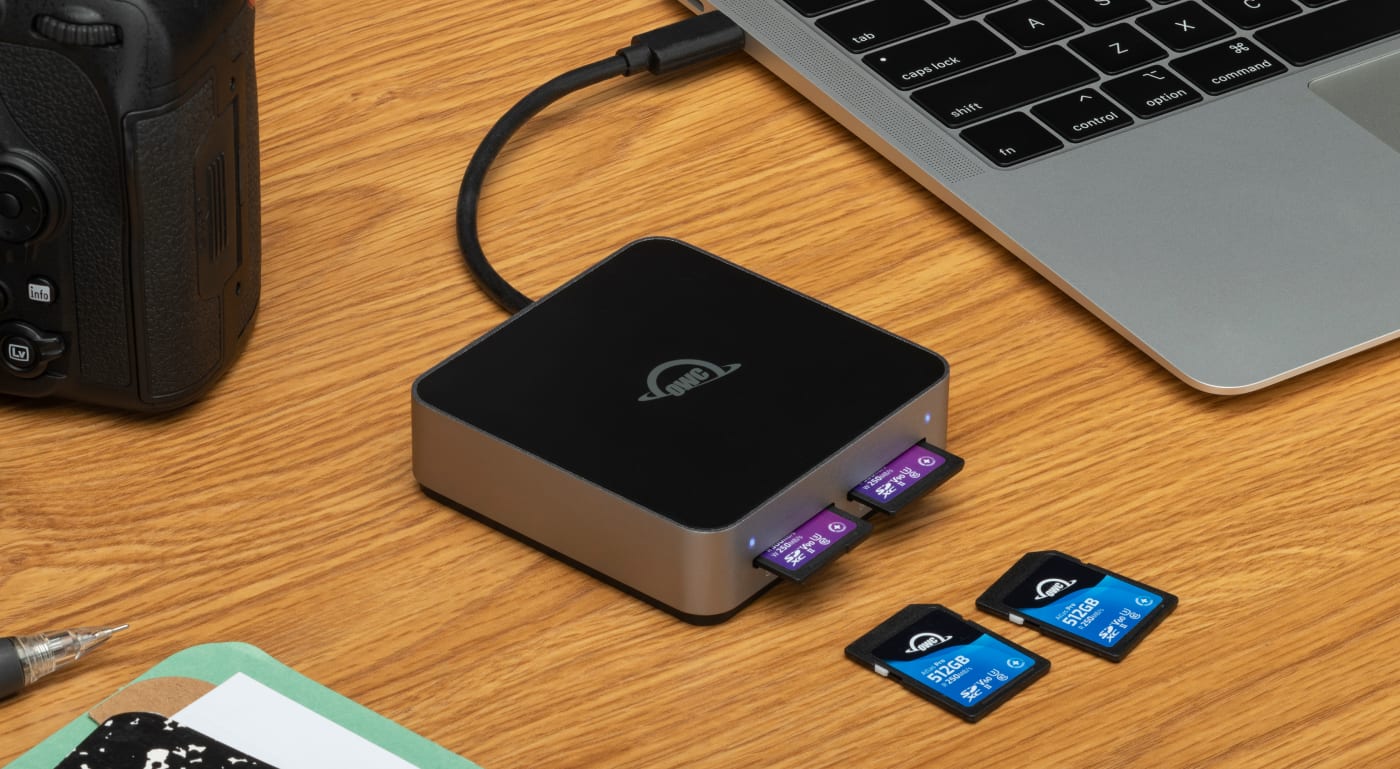
OWC Atlas CFexpress Type B Reader + Dual SD Card Reader
Wrangling dozens of cards a day meant the data-team couldn’t wait for sequential offloads. Using the super-fast, real-world 3,300 MB/s speeds of the OWC Atlas CFexpress Type B card reader and its included Type A adapter alongside the Atlas Dual SD Card Reader, the crew was able to quickly dump multiple cards at once.
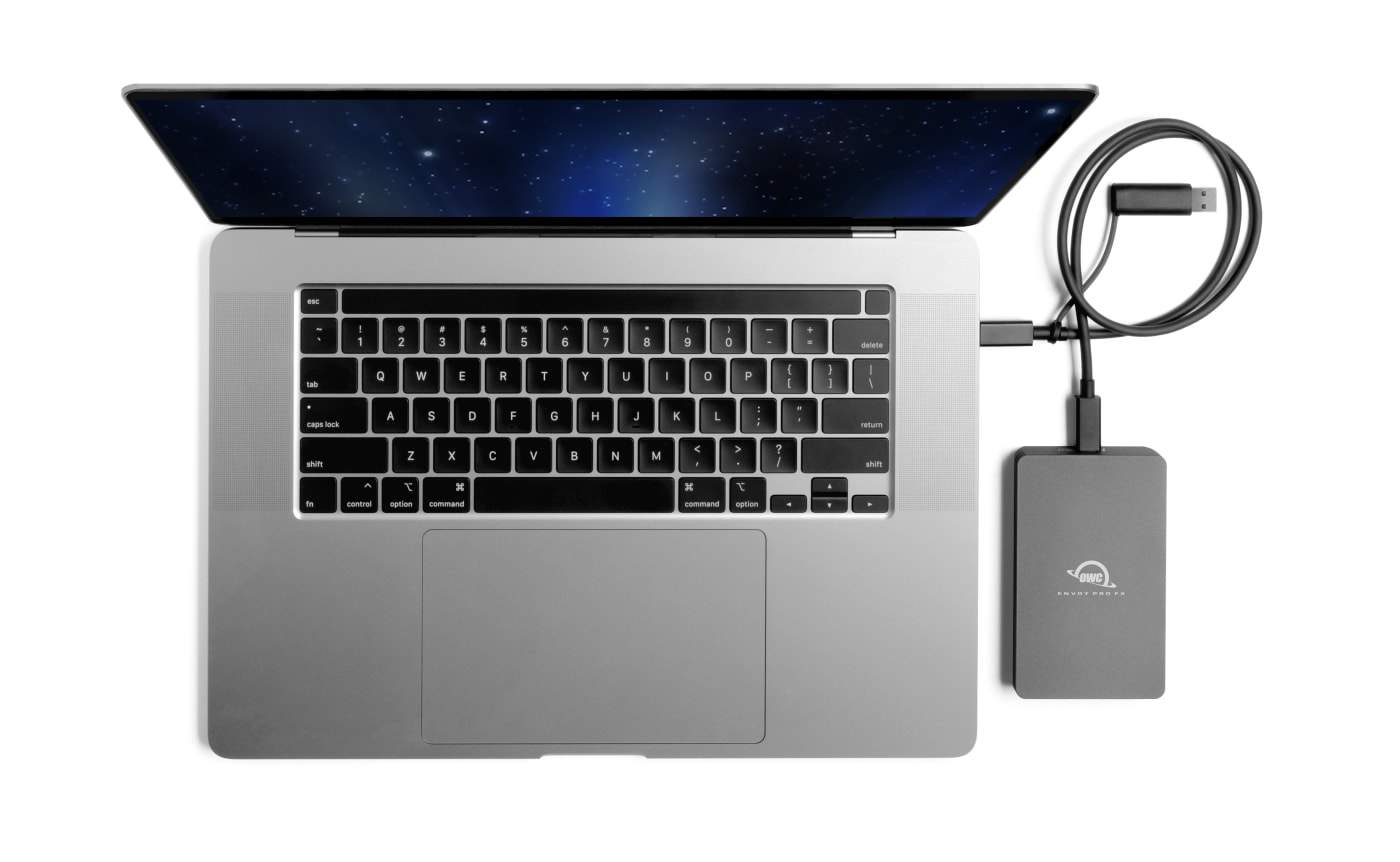
OWC Envoy Pro FX Portable SSD
With Thunderbolt throughput up to 2,800 MB/s, the crew could mirror every card to twin OWC Envoy Pro FX drives during a single 45-minute drive back to the hotel—no more 2 a.m. transfer babysitting. The bus-powered, palm-sized enclosure took zero space in a gear bag yet delivered enterprise-class IP67 water-/dust-resistance that survived the daily shuffle between dusty roads and salty sea air.
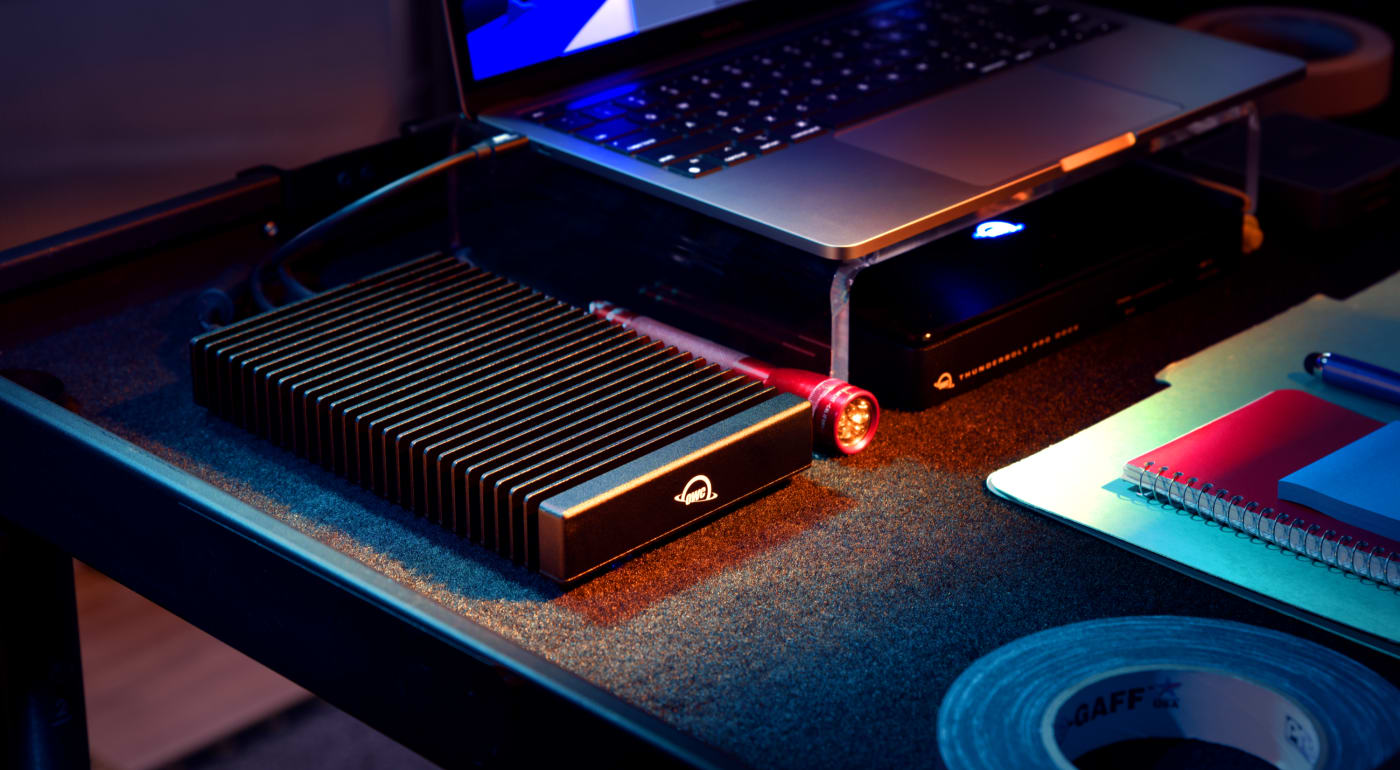
OWC ThunderBlade Desktop RAID SSD
Once footage reached base camp, the on-site editor plugged both Envoy FX backups into an OWC ThunderBlade. Its four-blade Thunderbolt RAID pushes up to 2,949 MB/s—fast enough to cut 8K multicam timelines in real time and render overnight deliverables without bottlenecks. Having that horsepower on location turned a daunting three-week turnaround into a comfortable sprint.
Need the same edge on your next project? Check out the Atlas card and reader line-up, Envoy Pro FX, and ThunderBlade and see how fast gear turns sleepless nights into early wrap-times.
Watch, Like & Share
Hit ▶️ on the new behind-the-scenes video above to see how Scott’s crew conquered climbs, crushed terabytes, and met a three-week delivery window without breaking a sweat—thanks to gear that refuses to slow them down.
Other topics you might like
Check Out These Fun Wooden 1:1 Scale Replicas of Your Favorite Nikon Cameras
Updated on Nov 18, 2025
Expand Your High-End Video Editing Workspace With LG’s New UltraFine 6K Monitor
Updated on Nov 11, 2025
Completely Rig Out Your DJI Osmo Pocket 3 With This Modular Box-Style Housing
Updated on Nov 5, 2025
 USA + International
USA + International OWC Canda
OWC Canda OWC Europe
OWC Europe
